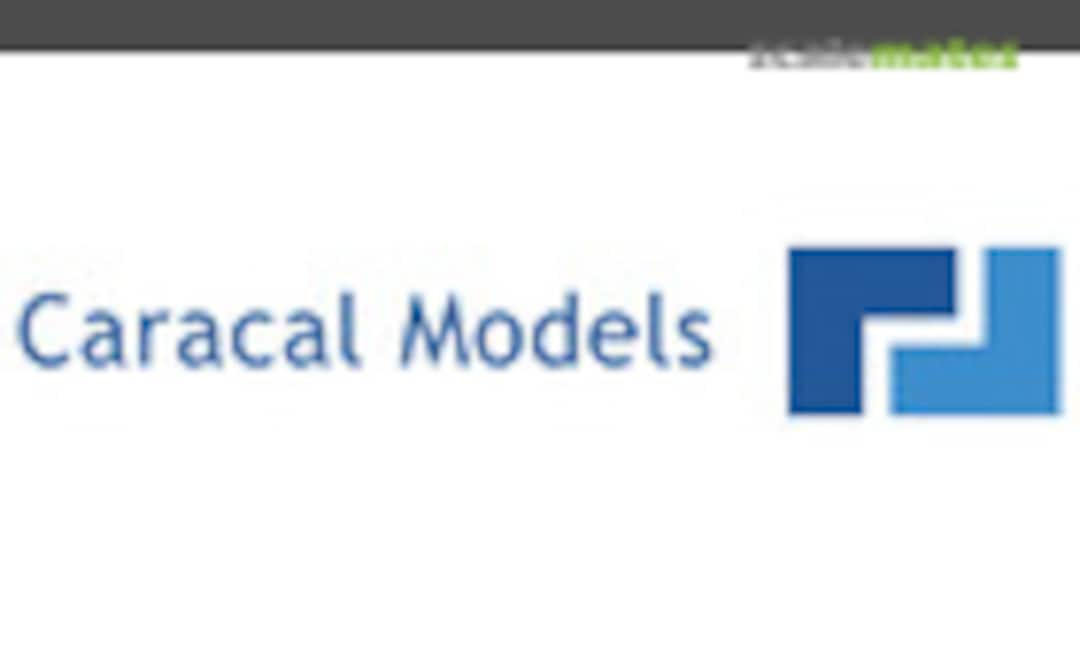FJ-4 Fury #139510 VMF(AW)-232, Hawaii, 1957
- Subject:
North American FJ-4 Fury
 US Marine Corps Aviation (1912-now)
US Marine Corps Aviation (1912-now)
VMF(AW)-232 Red Devils 139510/6-WT
1957- Scale:
- 1:48
- Status:
- Ideas
The North American FJ Fury was the first operational jet aircraft in United States Navy service. Ordered in late 1944 as the XFJ-1 in competition with proposals from Douglas and Vought, the Fury began as a straight-wing, tricycle gear fighter with a single turbojet passing through the fuselage. By 1951, the Navy's existing straight-wing fighters were much inferior in performance to the swept-wing Soviet MiG-15 then operating in the Korean War; the swept-wing fighters in the Navy's development pipeline, including the F7U Cutlass and F9F Cougar were not yet ready for deployment. As an interim measure, the Navy purchased three swept-wing F-86E Sabres with Navy-specific equipment and strengthened airframes. The three planes began flight testing in December 1951 under the designation XFJ-2. The design was eventually put into production as the FJ-2. The final versions of the Fury were the FJ-4 and FJ-4B, which featured several improvements on previous versions. Internal fuel capacity was increased, necessitating a distinctive, taller 'razorback' rear deck. The tail was modified, as were the wings, to provide more positive control and stability during carrier landings, and the landing gear was widened. Delivery of FJ-4s began in February 1955, and except for one squadron which trained Navy FJ-4B pilots, FJ-4s were used exclusively by the Marine Corps. A total of 1,115 Furies were received by the Navy and Marine Corps over the course of its production life.
Project inventory
Full kits
Detail and Conversion sets
Decals
Project colors
Exterior
Project references
Books






